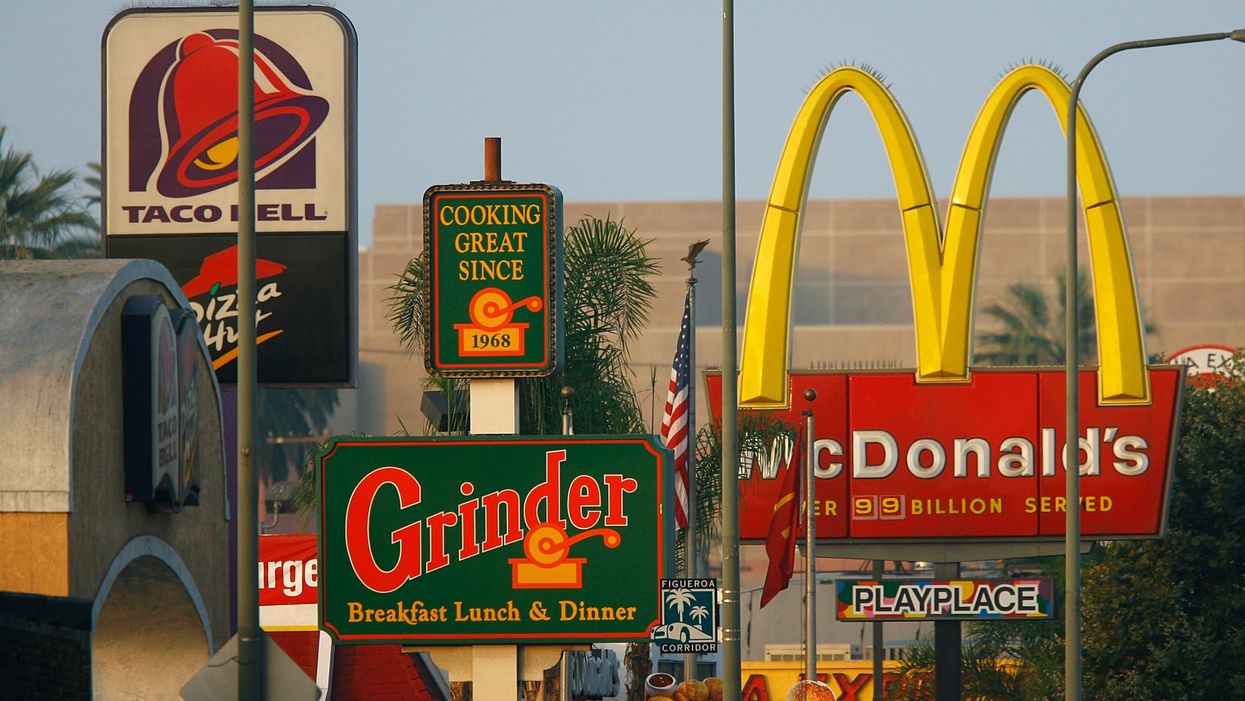
What exactly determines a healthy city?
Well, a good starting point is somewhere where you can eat well, move often, have the ability to get healthcare where and when you need it, and have easy and appealing access to the great outdoors to soak up some Vitamin D.
With the rise of remote working, cities are suddenly competing to lure the best and brightest, so before you up sticks and rent a U-Haul to start a life somewhere else, it’s important to find out whether your new city will help or harm your longevity.
Wallethub, a price comparison website, compared the four factors mentioned above to rank and map the 150 most populated cities in America based on how healthy they are.
- For healthcare, the company looked at Covid-19 statistics, health insurance, and the concentration of mental health counselors per capita.
- For food, they used data on obesity rates, the prevalence of healthy restaurants, and the percentage of adults eating plenty of fruits and vegetables.
- On fitness, it was as simple as checking the numbers on the percentage of adults who say they are regularly active.
- For green space Wallethub looked at the number of running trails, hiking routes, bike usage and quality parks in each area.
The big winner? San Francisco. And can you really be surprised? An abundance of farm-to-table restaurants, a temperate climate that makes spending time outdoors a doozy year-round, and an abundance of high-end tech jobs giving workers best-in-class health insurance.
It probably comes as no surprise that sun-kissed, outdoorsy cities like Honolulu also make the top ten, along with the mile-high city of Denver with its epic trails and clean air. Washington DC is perhaps the most surprising city to make the top ten, given its reputation as home to beltway office workers and swampy summer temperatures.
Among the notable cities propping up the bottom of the table are Memphis, Tennessee; Augusta, Georgia; Detroit, Michigan; and Newark, New Jersey.
Why’s this all so important? Well, at one point in the not-too-distant past, most people didn’t have many options; you were born somewhere, grew up there, worked there and died there.
Now, in 2021, the world’s the remote worker’s oyster - time for some cities to get to work on improving the health outcomes of residents - or risk losing them to more tempting rivals.
See the map in full below:













